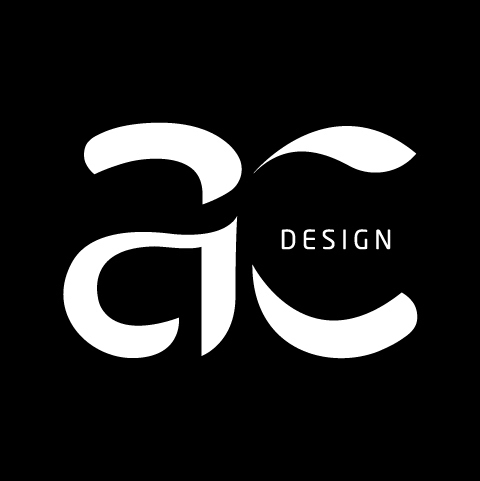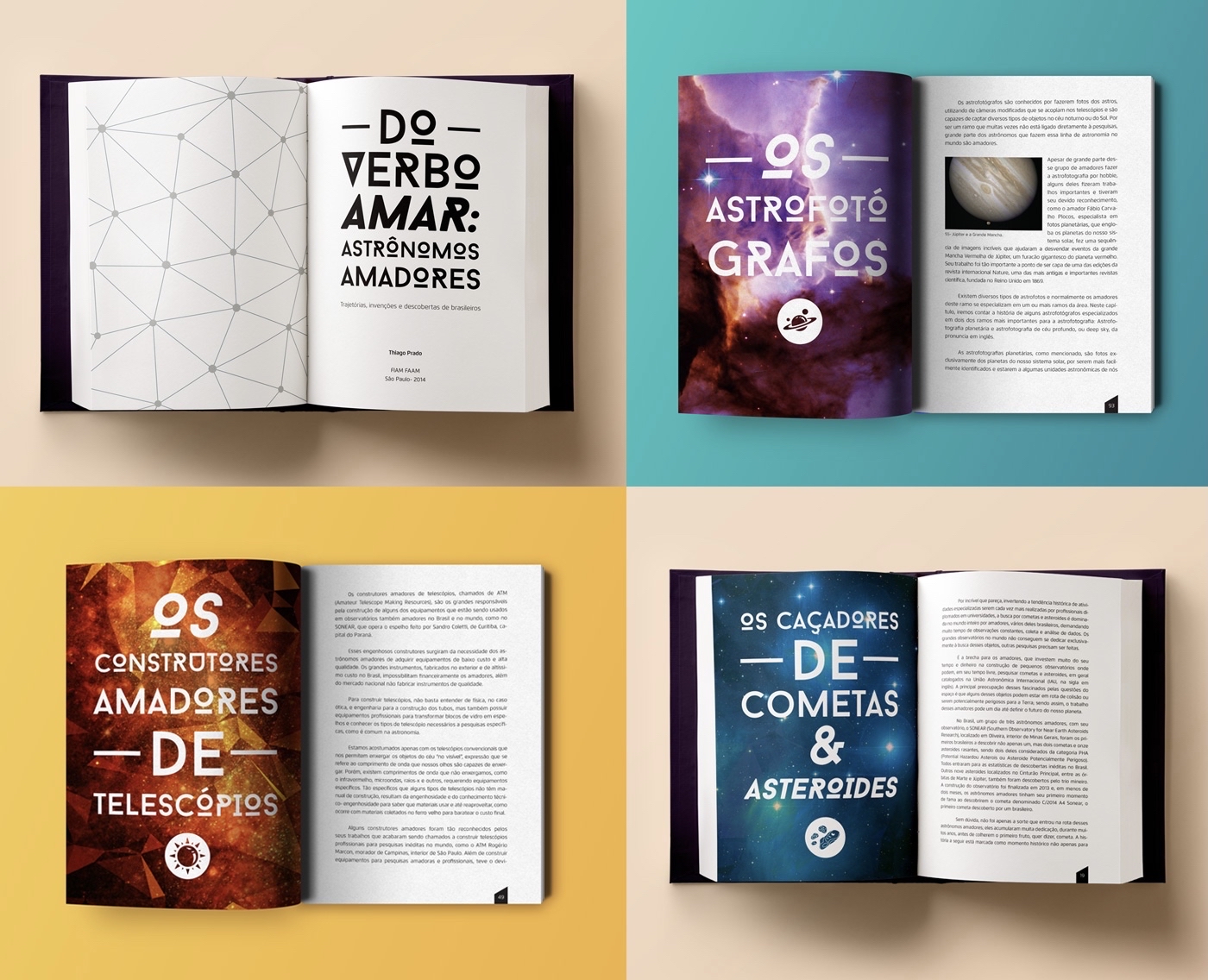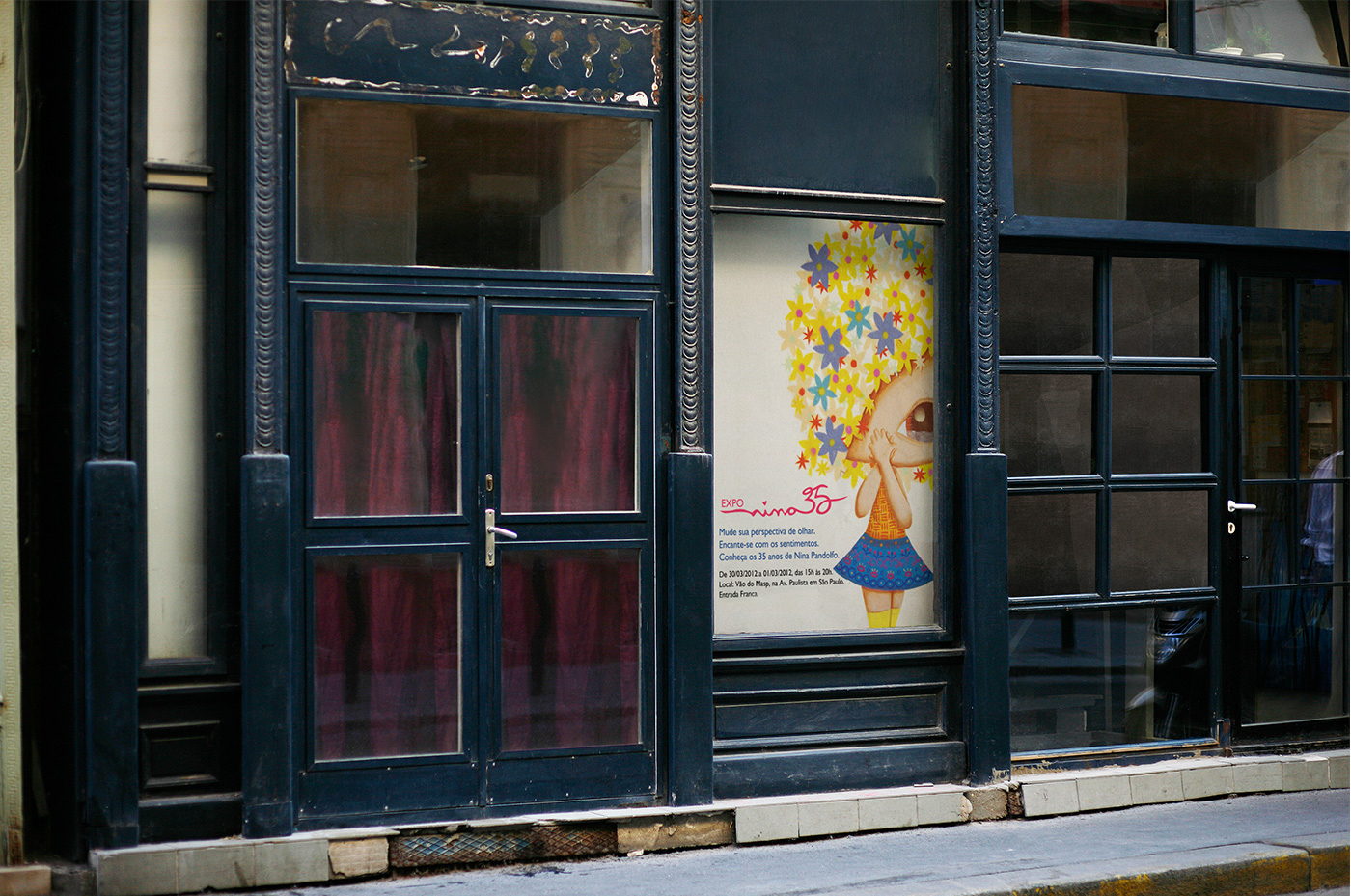Oh, hello there!

The Designer
I’m Amanda Carvalho, an award-winning Brazilian designer based on Treaty No. 1 Territory a.k.a. Winnipeg, Manitoba, Canada. These are the traditional lands of the Anishinabe (Ojibway), Ininew (Cree), Oji-Cree, Dene, and Dakota, and is the Birthplace of the Métis Nation and the Heart of the Métis Nation Homeland.
I’ve been working with agencies, design studios, startups, art institutions, universities, organizations and corporations for the past ten years. My expertise areas of work are branding, service design and UX/UI. I hold a MA in Cultural Studies at the University of Winnipeg and a BA in Visual Communication with a Major in Graphic Design at Centro Universitário SENAC. Besides creating ecosystem-centred branding strategies and design thinking for innovative problem-solving, my research interests involve exploring intersections between visual cultures, performance, and creative methodologies as decolonizing tools.
So you might be wondering: why did a designer decide to do a Masters in Cultural Studies? Isn’t that a bit random? Well, to be honest, when I joined my MA program I did it because I was at a point in my career that I wanted to do something new and I was always drawn to race, gender and post-colonial studies on a personal level. I’m a privileged immigrant woman of colour from the Global South and my ethnically ambiguous self is a result of the colonial project. In the curatorial stream, I was able to approach these topics from an art and museum studies perspective, which also fascinates me. Right off the bat, I started noticing some possible connections between design and cultural studies that at a first glance, don’t seem to be very obvious.
Design is informed by culture and informs culture. As the cultural studies scholar, Paul du Gay describes, “designers have to embody culture in the things they design.” When we are creating a design for a specific purpose, we are embedding it with meaning by adding symbolic significance through form and function. Therefore, designers are key cultural intermediaries. And if we are cultural intermediaries, I want to make sure I’m doing my work with purpose and aligned with my personal values. My comprehensive academic background, work and lived experience inform the way I design through embodied, conscious, critical and intersectional lenses from a situated BIWOC standpoint.
Works

I’m focused on sustainable, feminist, LGBTQIA2S+ and BIPOC-led projects involving:
• Strategic Branding & Graphic Design
• Human-Centred Digital Design (User Experience + User Interface)
• Intersectional & Decolonial Design Audit
• Design Thinking Frameworks for Innovative Problem-Solving
• Service Design & Co-Creation Workshops Facilitation

My Methodology
Welcome to my reflexive, embodied, dialogic, iterative, collaborative and non-linear creative process.
Learn a little bit more of how I like to work within this 3-phase framework:

#1 Ideate
This is the stage I deep-dive in the briefing/problem and immerse myself (self-reflexivity and positionality)* into your needs + wishes to come up with a strategic action plan. It may include one or more items on the list below:
• Design audit
• Brand & website immersion interview
• Benchmarks/competitors research
• UX research
• Interactive moodboard
*Assumptions of a ‘generic’ user or ‘neutral’ designer are merely illusory as objectivity negates self-reflexivity. Acknowledging our part in dominance and displacement is necessary and long overdue. Self-reflexivity involves situating oneself and dealing with the emotions of that subjectivity, it is an affective thinking process and it is “situated,” as the feminist science theorist Donna Haraway explains.

#2 Create
The creation step is when the magic starts happening, whether we are talking branding, website design, co-creation session, etc (or all of them!). It is a highly collaborative & iterative divergent/convergent* process and it may include one or more of the following items:
• Weekly/bi-weekly check-ins
• Brand presentation
• Sitemap
• User Experience (UX)
• Website presentation (UI)
• Design thinking framework development & research
*Cultural complexity, ambiguity, and uncertainty require different standpoints. And to do so, it is crucial to centre the marginalized standpoint when asking questions to avoid normalcy and dominative modes of thinking. Through multiple points of view, we can be empathetic and open to the “otherness” of others.

#3 Share
Last but not least, we will collaborate* and iterate what is needed and adjust the last bits before the big launch or session. It includes one or more items below:
• Accessibility audit (WCAG standards)
• Basic SEO
• Pilot website
• Pilot framework
• Brand guidelines
• Training/how to’s
*Relationships are key to social innovation, to make meaningful changes or to create meaningful conversations. By embracing complexity, we enable a certain openness to collaborate with others through empathetic and mutual understanding, which brings us back to self-reflexivity & positionality. As you can see, it is a nonlinear, affective, dialogic, iterative, and continuous process of negotiation between us and others.